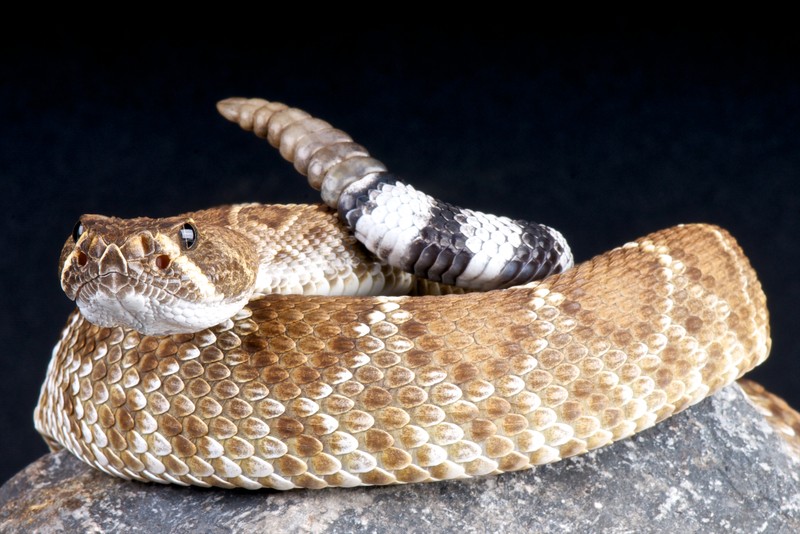If you get bit by a snake and are all by yourself, you should stay calm and avoid movement, unless you feel you're severely injured and are running out of time. If you do not develop symptoms such as vomiting and getting a fever, then the bite may not be venomous. If this is the case you may have better luck dressing the wound and keeping the area clean as opposed to running for help while injured.
4) Stay calm and avoid constant movement

If you are in a remote region days from help or a soldier who may be deployed without immediate evacuation then most researchers recommend sticking to good wound care management, treating for shock and avoiding constant movement. With so few fatalities in the U.S., statistics on our side and hopefully the bite you received was a dry one. Children are at greatest risk with venomous creatures (snakes, scorpions, bees, and spiders) because they have a smaller body mass to absorb the toxin.
Keep time on your side, and don't waste it by using those snakebite kits or following the advice in older wilderness manuals. Flush it with water, and stay calm while help is hopefully on the way! For more information about what to do if you're bitten by a venomous snake, check out The Active Times.

Ain’t all that easy to find a big$#%&!@*rattler snake.
Eat it
Saw a rattler bite a Marine once on an FTX. After 4 days in horrible agony, the snake finally died